What Are The Best Bones For Dogs? A Guide To Safe Bones And Alternatives For Your Pup

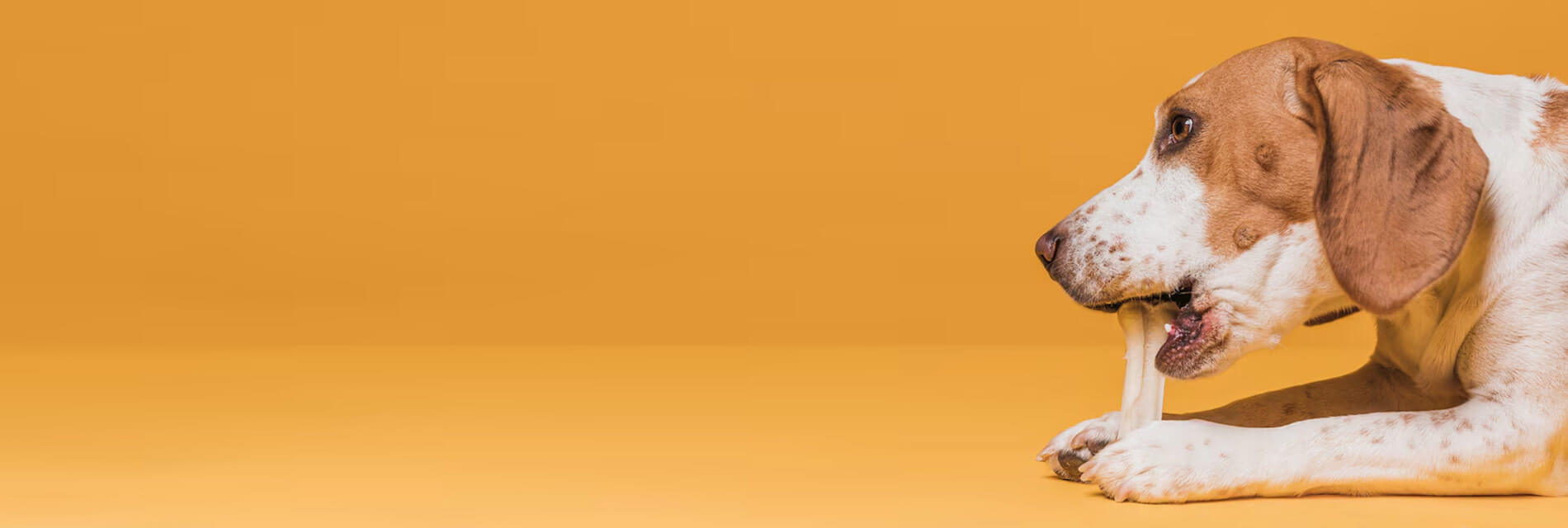
A dog chewing on a bone without caring about what is going on around them – such a classic image, right? But have you ever thought about why dogs love chewing on bones so much? Well, as it turns out, chewing on bones is more than just a noisy, enjoyable pastime for our fur babies. It is an instinctual behavior in dogs – a trait they inherited from their wolf ancestors, who used to scavenge and hunt for their food and relied on bones to derive essential nutrition.
So, chewing on bones is not just another pastime for our dogs, but it is a way for them to satisfy their natural instinctual urges. Moreover, it also acts as a stress relief since it releases endorphins (feel-good hormones) in the brain and offers mental stimulation.
But does that mean you can give any bone to your dog and just leave them alone with it? Absolutely not. This is because all bones are not of the SAME QUALITY and giving them the WRONG BONE can lead to choking hazards, damaged teeth, or even digestive issues.
But with so many options on the market, from rawhide sticks to nylon bones, choosing the right chew can be difficult. So, we are here to help. In this article, we will talk about the best bones for dogs and even tell you how to choose the right chew for your pup. So read on.
What Are The Benefits Of Chewing A Bone For Dogs
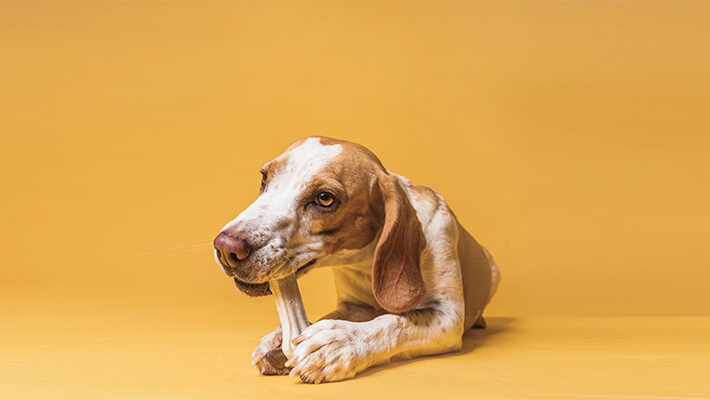
As we mentioned in the introduction, chewing on bones is a mentally stimulating activity for dogs. However, aside from that, there are several other reasons why chewing a bone is beneficial for dogs. These are as follows:
Promotes Dental Health
Chewing on bones helps to improve dental health by scraping off plaque and tartar from teeth. This helps to prevent gum disease, tooth decay, and bad breath. It is also a natural way for dogs to exercise their jaw muscles, keeping them strong and healthy.
Offers Relief From Stress And Anxiety
Chewing is a natural instinct for dogs, and for them it is a calming and satisfying activity. It can help relieve stress and anxiety, especially for bored or lonely dogs left alone for extended period
Natural Source Of Nutrients
Bones, especially raw meat bones, are rich sources of minerals such as calcium and phosphorus. These minerals play an important role in supporting teeth and bone health and development.
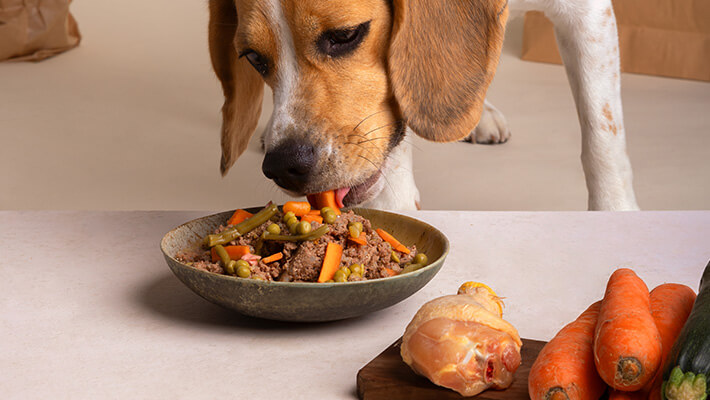
In addition, bones also have fatty acids, essential amino acids and vitamins, which help dogs to have healthy skin, coats, and fur. They are also important for muscle development and tissue repair.
Teething Relief From Puppies
Puppies, in particular, have a strong desire to chew as they are teething and their teeth are growing. Chewing helps to alleviate the discomfort and pain caused by teething.
Provides Mental Stimulation
Chewing provides mental stimulation and keeps dogs occupied, preventing them from engaging in destructive behaviors like chewing furniture or shoes out of boredom.
Types Of Chew Bones For Dogs
When it comes to choosing chew bones for your furry friend, understanding the various types and their pros and cons is key. Here’s a breakdown of the most common options:
Raw Bones
Chewing is an instinct for dogs, and raw bones provide a satisfying and mentally stimulating activity. This can help prevent boredom and destructive behaviors. It is also good for their health as raw bones contain essential minerals like calcium and phosphorus, which are important for bone growth and development.
They may also contain some protein and other nutrients. Raw bones can be a good source of glucosamine and chondroitin, which are nutrients that support joint health.
However, sometimes raw bones can harbor harmful bacteria like Salmonella or E. coli, which can pose a health risk to both dogs and humans.
Moreover, an excess of bones in a dog’s diet can lead to an imbalance of calcium and phosphorus, which can cause bone problems.
Raw Meaty Bones are considered the safest option because the meat provides cushioning and reduces the risk of splintering. Examples include whole chicken wings, necks, or backs for smaller dogs and larger options like marrow bones for bigger breeds.
Always remove excess bone fragments after the meaty part is consumed. Softer bones, like tracheas or ribs, are less likely to splinter but may not be as long-lasting.
Synthetic Bones
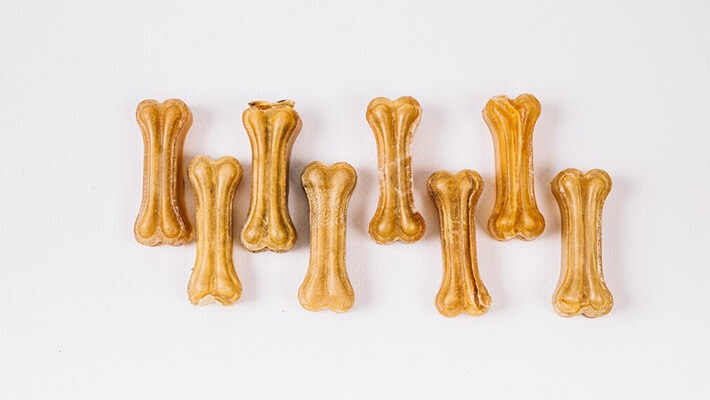
Synthetic Chews are typically made from nylon or other synthetic materials and are a good option for moderate chewers. They’re relatively affordable and durable. Chewing them can wear down your dog’s teeth, and aggressive chewers might break off sharp pieces. Opt for softer nylon varieties for gentler chewing.
Dental Bones
Dental Chews are designed specifically to promote dental health; these chews are often made from a soft, rubbery material with ridges or grooves. The ridges help scrape away plaque and tartar buildup, keeping your dog’s teeth clean and breath fresh. These come in various shapes, sizes, and flavors to keep your dog engaged.
Rawhides And Antlers
Made from the inner layer of cowhide, these are popular for aggressive chewers. However, they can be a choking hazard and cause digestive issues if swallowed in large chunks. Consider size and supervise closely.
One type of bone that has gained popularity in recent years is antlers. Antlers are harvested from deer, elk, or moose, and these animals naturally shed them. These bones are not only durable but are also a great source of calcium, phosphorus, and other essential minerals.
They are also odorless and do not make a mess, making them a favorite among dog owners. However, it is important to note that antlers can be too hard for some dogs, and they can cause tooth damage. It is best to supervise your dog while they are chewing on antlers and to choose appropriately sized ones for your dog.
Alternative Chews For Dogs
However, if you think bones are too risky for your dog, you can consider the following alternate chews:
Kongs:
These hollow rubber toys are lifesavers! Stuff them with treats or kibble to keep your dog entertained for extended periods. They’re great for addressing boredom and anxiety.
Bully Sticks:
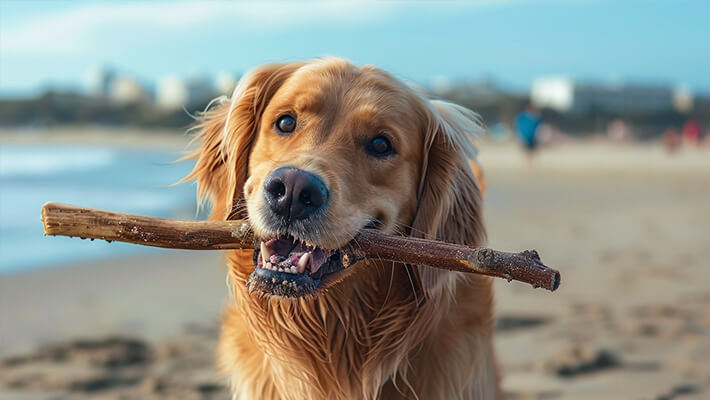
Made from bull or steer pizzle, these are long-lasting chews packed with protein. The downside? They can be pricey and have a strong odor.
Antlers:
Antlers shed naturally by deer or elk are another option for aggressive chewers. But beware, they can be expensive and break into sharp shards if chewed too intensely.
Pig Ears
A chewy treat made from a pig’s inner ear, they provide protein and some teeth cleaning. However, they can be greasy and cause digestive problems in large quantities. Choose them for occasional treats.
How To Choose The Right Chew Bone For Your Dog
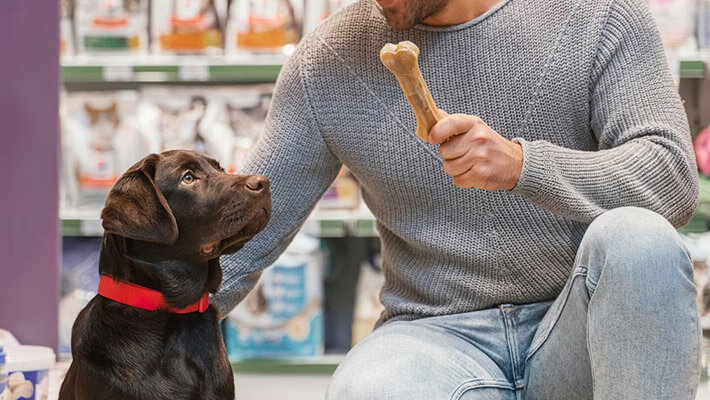
Selecting the perfect chew bone for your canine companion involves considering several factors to ensure their safety, enjoyment, and dental health benefits. Here’s a guide to help you navigate the different options:
Match the bone to your dog’s size: A crucial rule! The chew bone should be large enough to prevent your dog from swallowing it whole but small enough for them to comfortably hold and maneuver. Ideally, the whole bone shouldn’t fit entirely within their mouth.
Growing pups: For teething puppies, opt for softer chews like rubber Kongs or softer nylon options to avoid damaging their developing teeth. Gradually progress to tougher chews as they mature.
Aggressive chewers: These powerhouse chewers need super durable options like large, thick bully sticks or antlers. Keep a close eye on them to ensure the antlers don’t break into sharp pieces.
Moderate chewers: These dogs can enjoy a wider variety of chews. Consider Kongs stuffed with treats, sterilized hooves, or some firmer nylon chews.
Gentle chewers: Softer options like dental chews or certain designated puppy chews are ideal for these dogs to avoid damaging their teeth.
However, no matter the type and size of the chew bone, supervise your dog while they chew to prevent choking or swallowing large pieces. Also make sure to discard any broken, splintered, or excessively worn-down chews to avoid potential injuries.
You should also consult your veterinarian to discuss the suitability of different chew bone types for your dog, considering their age, breed, health, and chewing habits. They can recommend the best options and advise on potential risks associated with raw bones.
Wrapping Up
Thus, chewing on bones is a natural and healthy behavior for dogs. It not only provides physical and psychological benefits but also has nutritional benefits. The best types of bones for dogs to chew on include rawhide bones, bully sticks, dental chews, and antlers. However, it is essential to take safety precautions and choose appropriate bones for your dog. So, next time you see your dog gnawing on a bone, remember that they are not just satisfying their natural urge to chew, but also enjoying numerous benefits to their overall health and well-being.
ADDITIONAL READING:





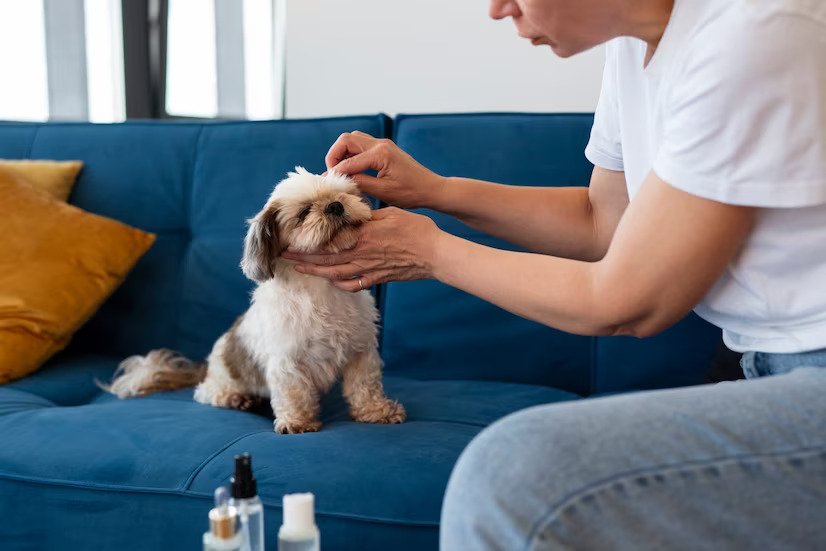
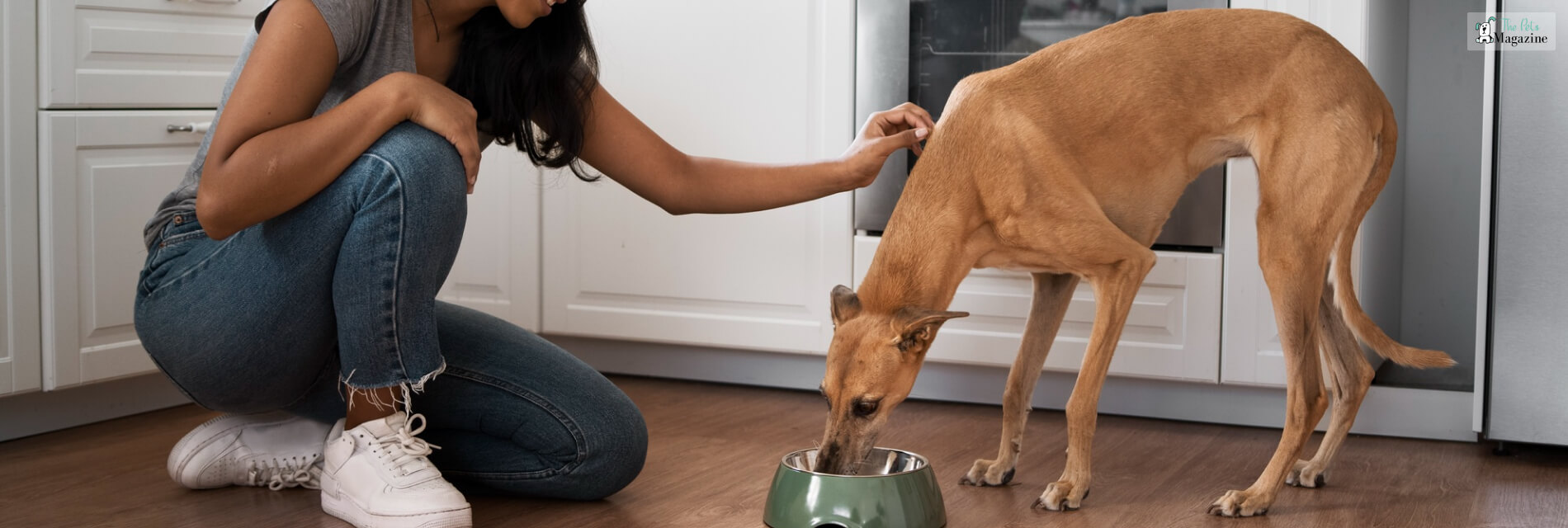
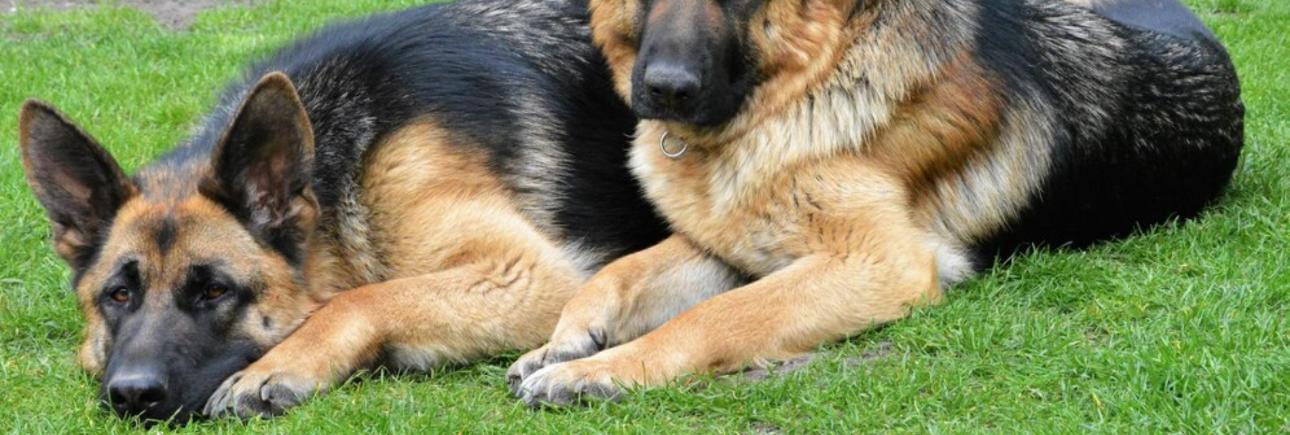
All Comments
12 May, 2024
Way cool, some valid points! I appreciate you making this article available, the rest of the site is also high quality. Have a fun.
Reply
24 May, 2024
I believe this web site contains some real fantastic information for everyone. "The expert at anything was once a beginner." by Hayes.
Reply